A satirical Thanksgiving play in review
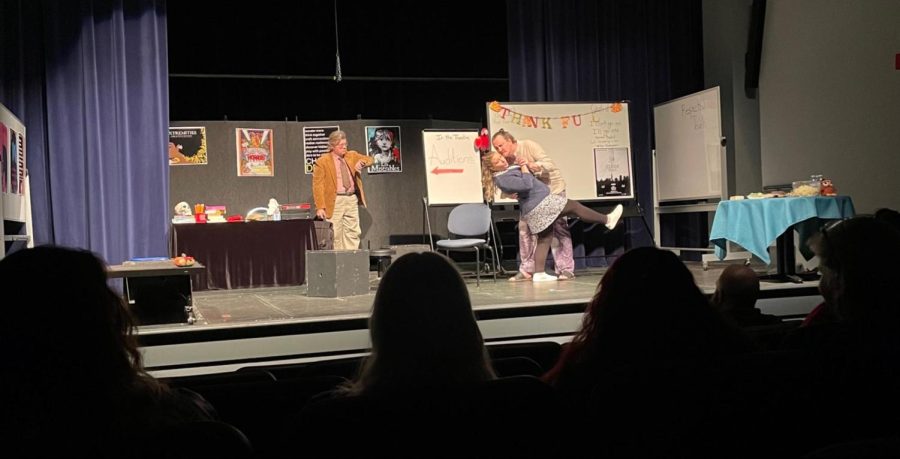
Walking into the auditorium the smell of Thanksgiving dessert wafted through the air while Thanksgiving songs about giving and gratefulness played on the theater speaker. The ambiance was set and memories of the famous Thanksgiving stories about the homage between the Pilgrims and Native Americans came flooding to mind. While that was the story many heard, “The Thanksgiving Play” was set to acknowledge the misinformation and the lack of acknowledgment for Native Americans and their land.
The play was prefaced with an explanation of this with the acknowledgments of specifically the Muscogee Creek Nation Indians and the Uchee People.
The Narrator spoke of their understanding of how learning would be a constant attempt towards “humbly seeking knowledge of their history.”
With this, the satirical play began.
The Thanksgiving Play by Larissa Fasthorse, performed on April 14, 2023, at Middle Georgia State University, was written by a satirical playwright to combat the struggles of finding accurate Native American representation to play the roles.
The play was introduced by one of the backstage technical directors who explained the historical significance of the Ocmulgee Mounds and the writer’s intentions to call into question the colonial history of Thanksgiving we were all taught as children.
Laughter filled the auditorium as actor and Administrative Assistant Heatherly Wakefield playing “Charlotte” sang a remixed Thanksgiving version of twelve days of Christmas.
She sang, “On the first day of Thanksgiving the Natives gave to me, a pumpkin in a Pumpkin Patch.”
All the while, a hired actor and photographer sat in the back with flash photography, aiming to get any picture worth posting as some sort of example of representation for Native Americans.
The play was insightful as it jabbed at areas of today’s media that exploit minorities to seem more diverse like trying to use Native American actresses for views while not genuinely caring about equal representation.
The play went on to tell the story of a teacher who aimed to create a play to capture representation for Native Americans but then neglected to hire actors that actually fit the role.
The play was a direct indication of areas in our society where we are unintentionally tone-deaf to the culture of Native Americans. It indeed allowed the audience to realize how misinformed and offensive some behaviors and actions towards the Native American tribes certainly are, for example, the costumes shown in the picture.
When disclosing her favorite part in preparing for the play Heatherly Wakefield said, it was a “meaningful way to contribute.”
“I have a six-year-old daughter, and I enjoyed channeling her energy and personal style for my part. It was also a joy to see the final performance come together—the students did a fantastic job,” she said.
The audience seemed to agree as the cast received a standing ovation as the play ended.




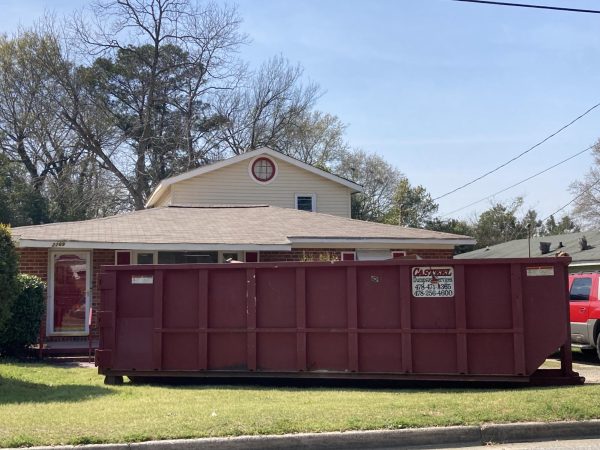
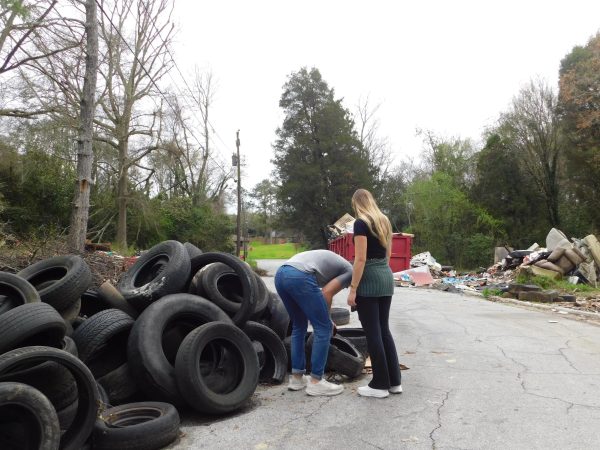
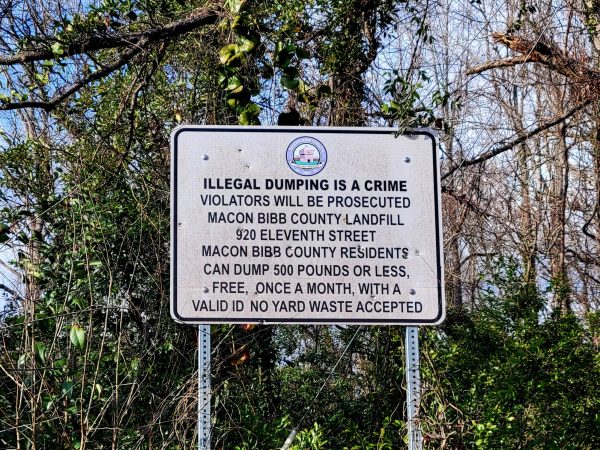

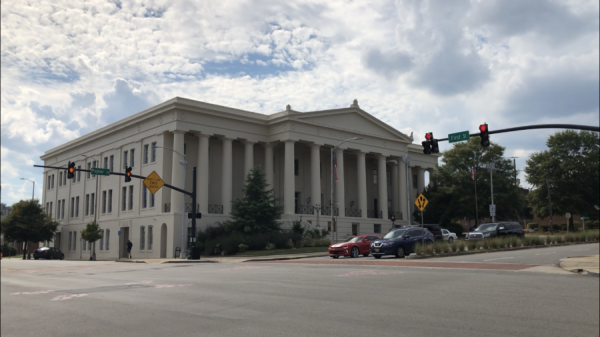
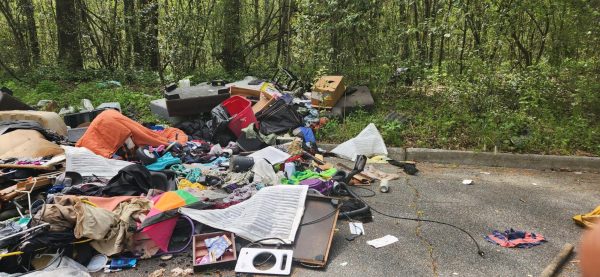
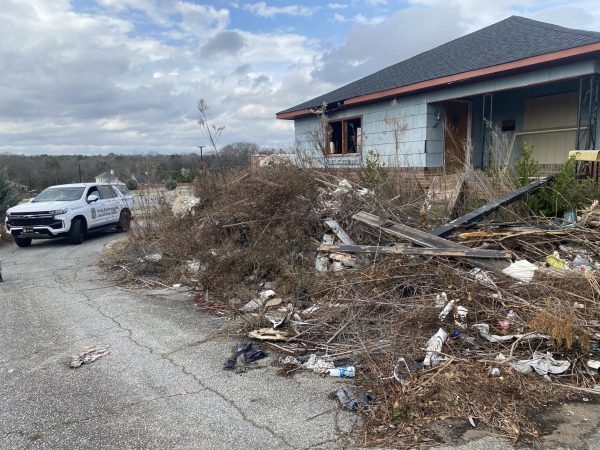

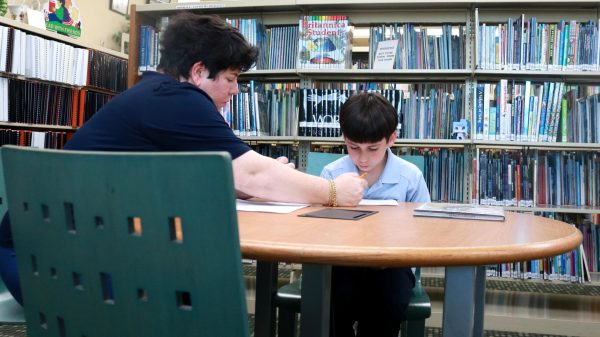

LW Bercini • Apr 26, 2023 at 8:59 pm
Being in this play was a blast